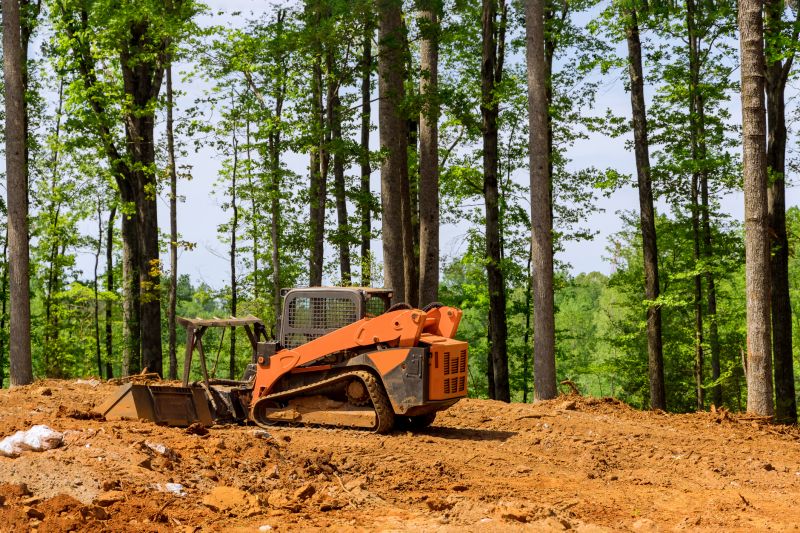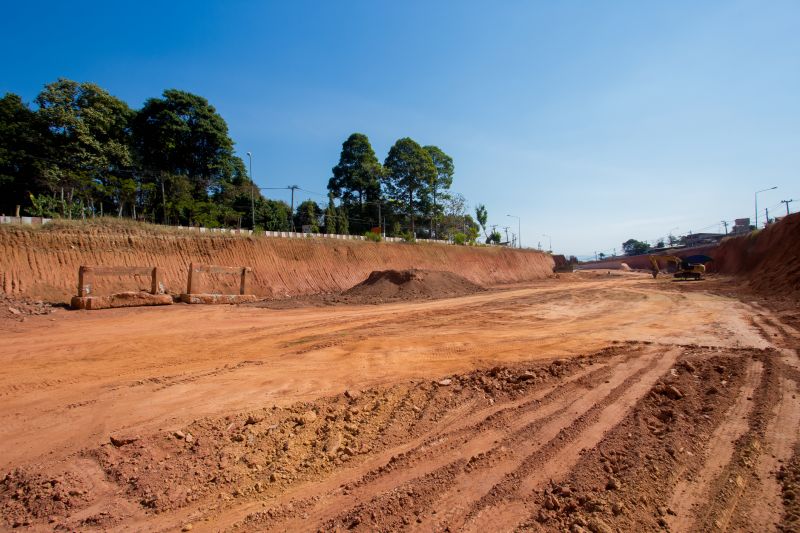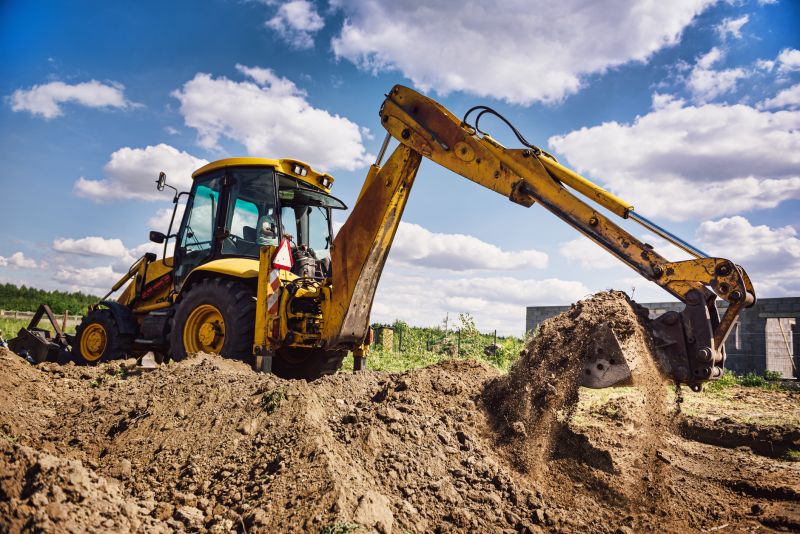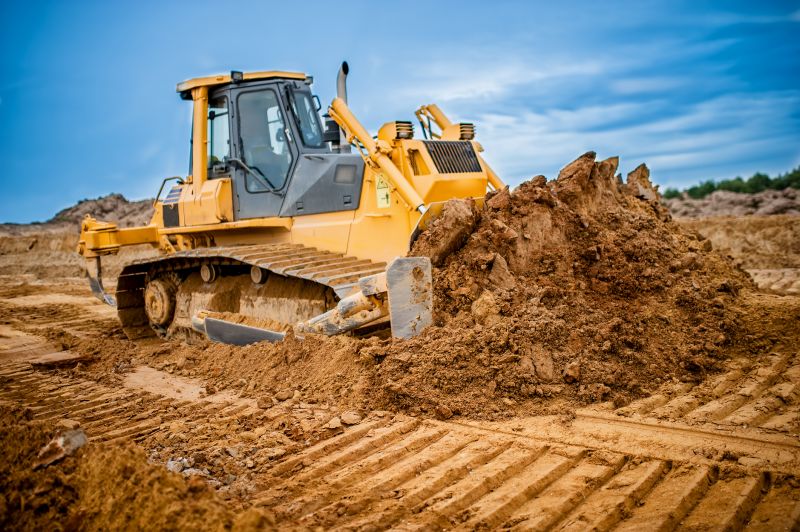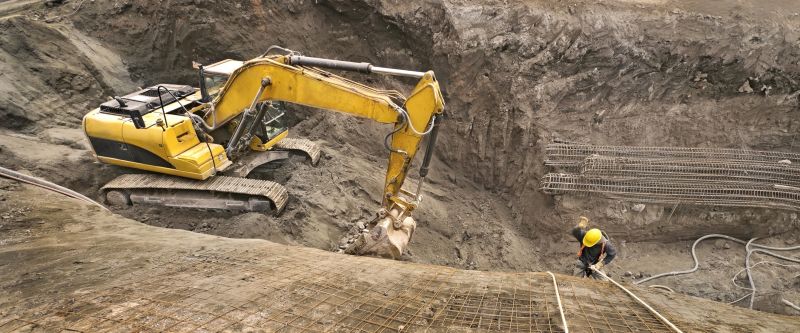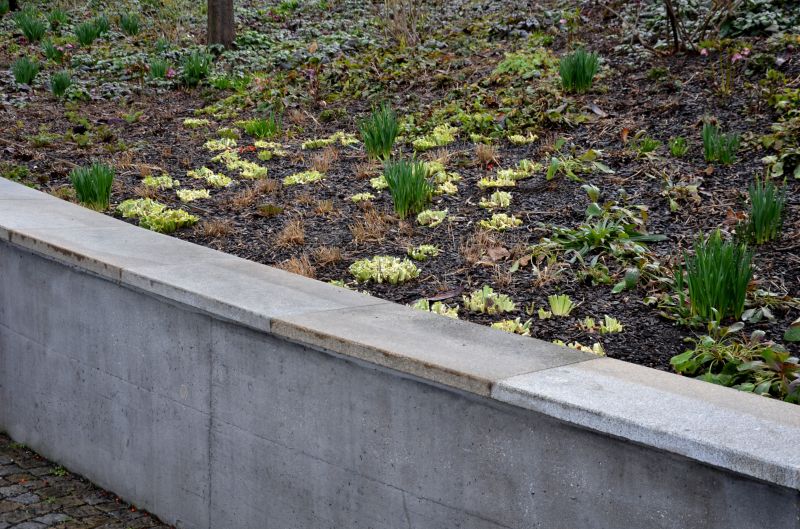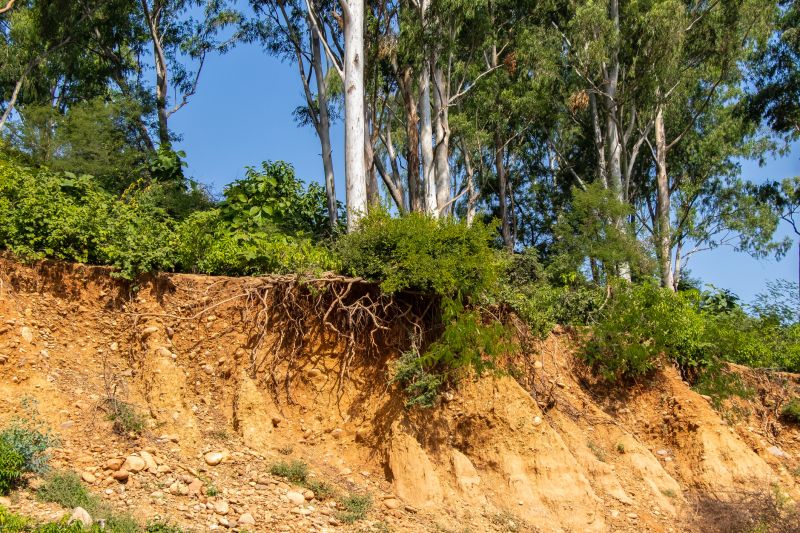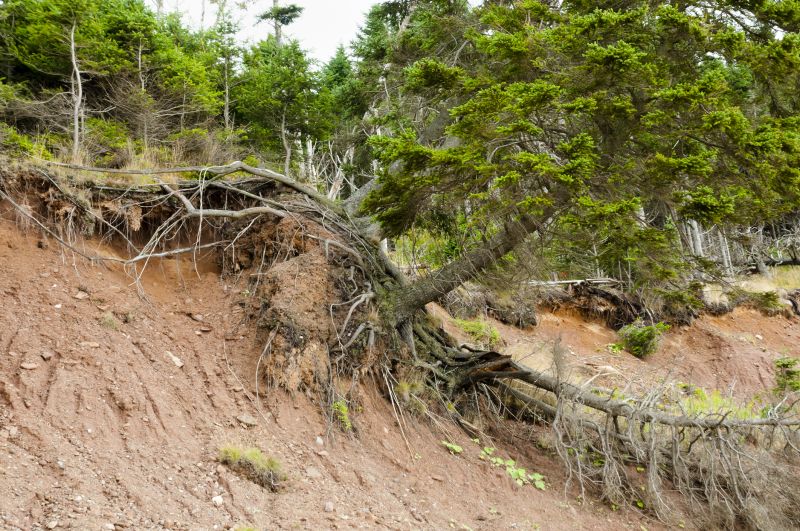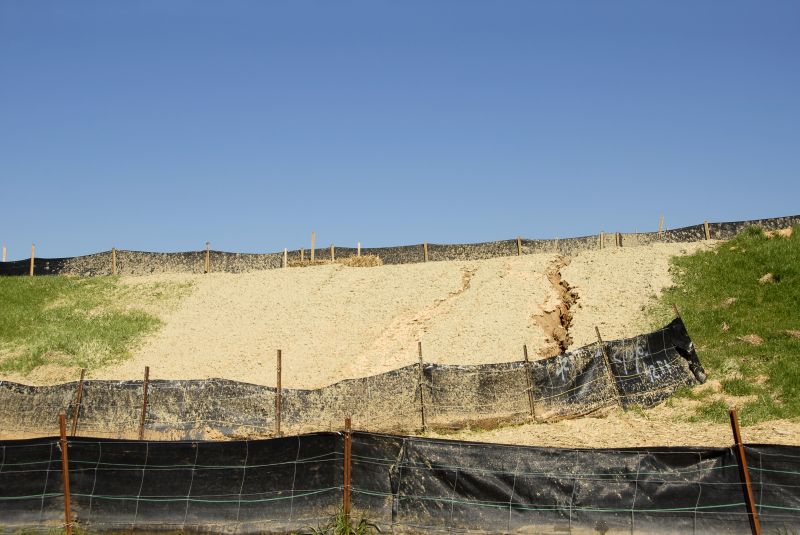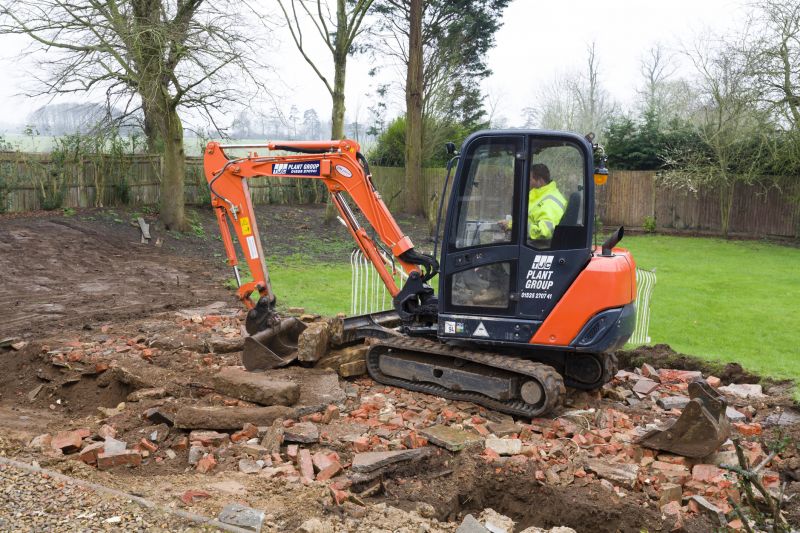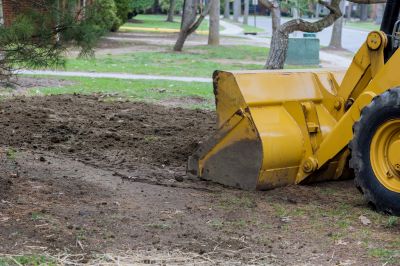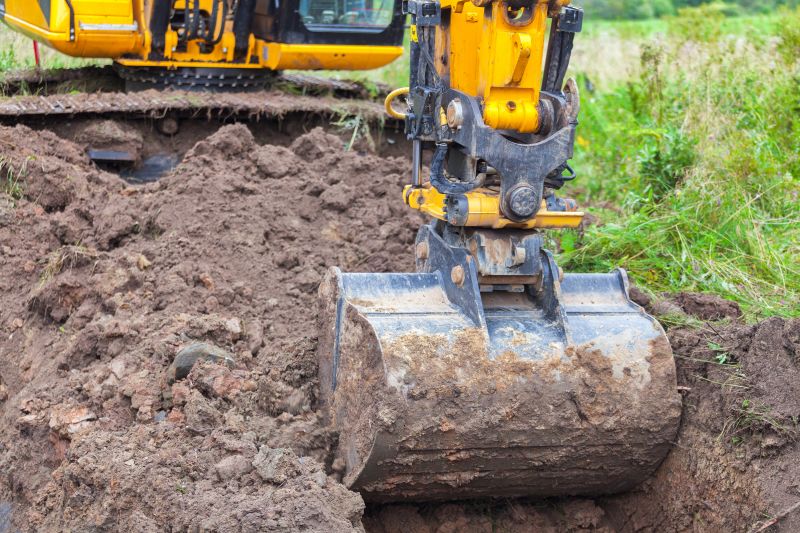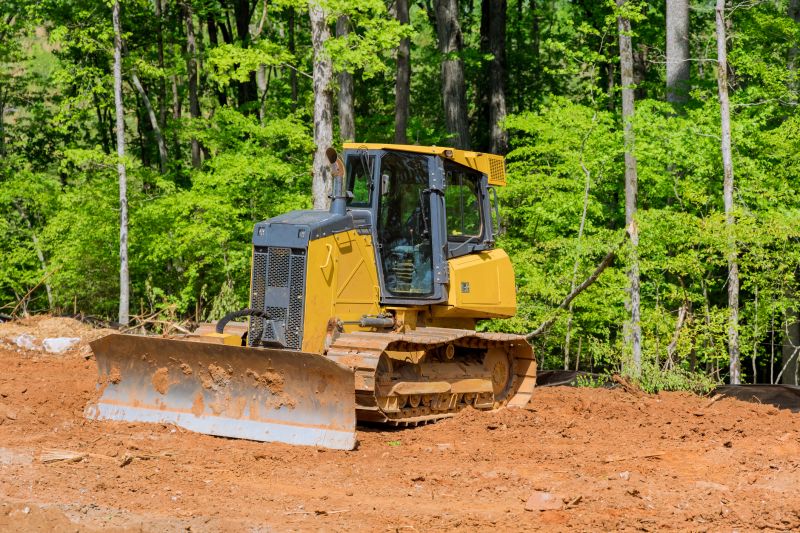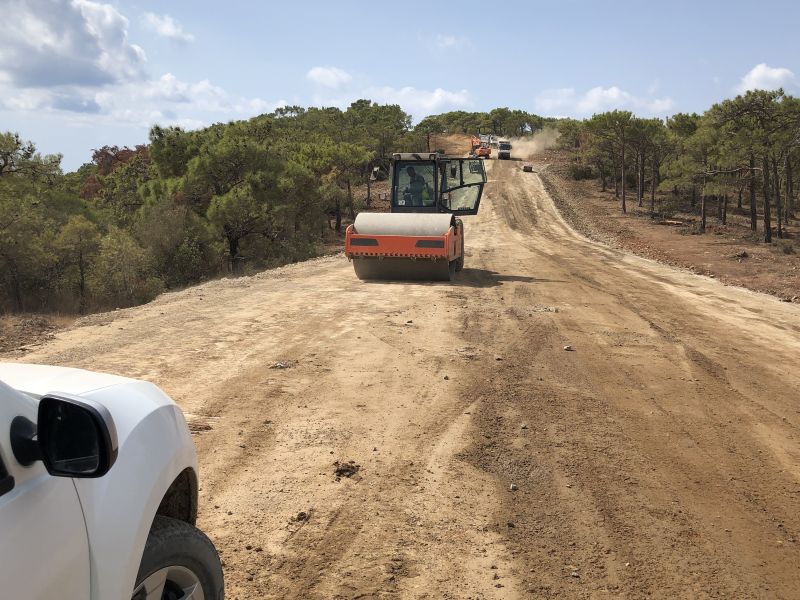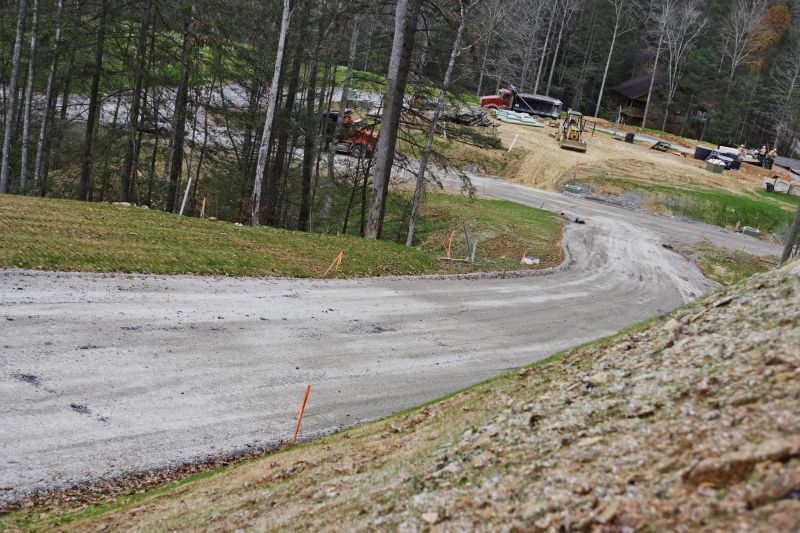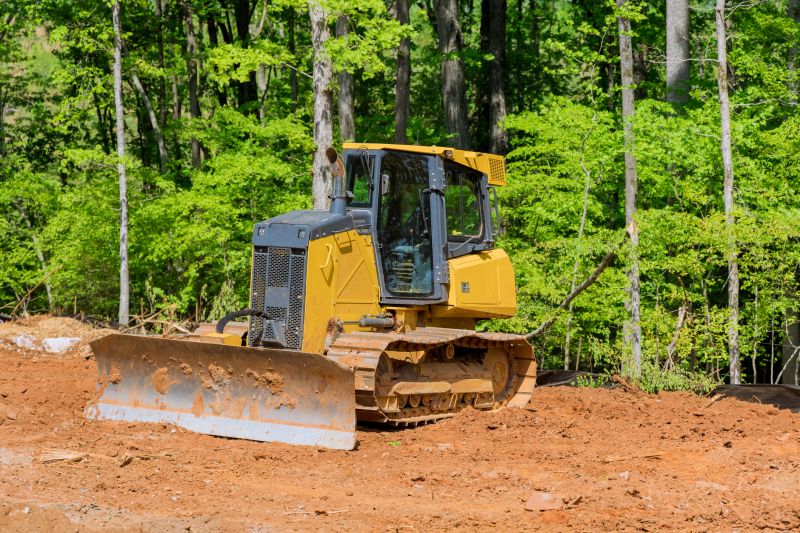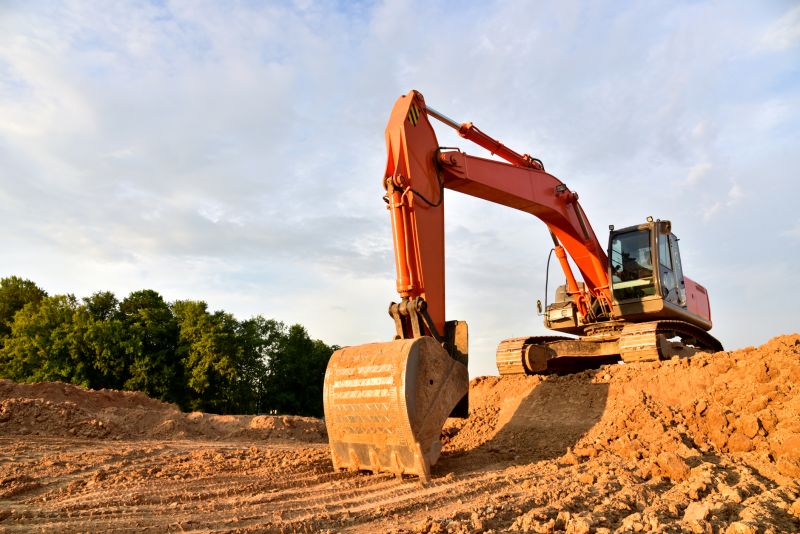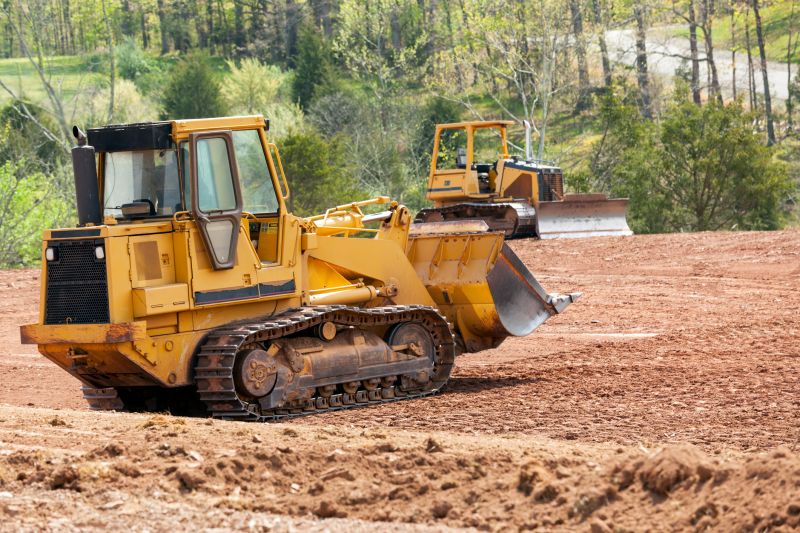
Sloped Lawn Grading | How To
Get help with your sloped lawn grading needs. Fill out the form above and we will connect you with local pros in your area. Sloped lawn grading refers to the process of shaping and leveling a sloping lawn to create a more even and aesthetically pleasing surface. This technique involves manipulating the soil and adjusting the contours of the land to ensure proper drainage and prevent water pooling. By addressing the slope of the lawn, homeowners can enhance the overall functionality and appearance of their outdoor space. Whether it's for improving the usability of the lawn, facilitating easier mowing, or preventing erosion, sloped lawn grading is an essential landscaping practice.
How to Do Sloped Lawn Grading
Step 1: Assess the Slope
Start by assessing the slope of your lawn. Use a measuring tool to determine the degree of the slope and identify any problem areas.
Step 2: Remove Debris
Clear the lawn of any debris such as rocks, sticks, or branches that may hinder the grading process.
Step 3: Mark the Desired Grade
Using stakes and string, mark the desired grade for your lawn. This will serve as a guide for the grading process.
Step 4: Begin Grading
Start by removing excess soil from the high areas of the slope and redistributing it to the low areas. Use a shovel or grading rake to level the surface.
Step 5: Compact the Soil
Once the grading is complete, use a lawn roller or a compactor to compact the soil. This will help ensure a stable and even surface.
Step 6: Water and Settle
Water the graded area thoroughly and allow it to settle for a few days. This will help the soil to compact further and reveal any additional low spots that need to be addressed.
Step 7: Fine-Tune the Grade
Inspect the graded area and make any necessary adjustments. Use a grading rake or hand tools to fine-tune the grade and achieve the desired slope.
Step 8: Seed or Sod
Once you are satisfied with the grade, you can proceed with seeding or laying sod to establish new grass on the graded lawn. Follow the instructions provided with the chosen method for best results.
Step 9: Water and Maintain
After seeding or sodding, water the lawn regularly according to the specific requirements of the grass type. Follow proper maintenance practices to promote healthy growth and prevent erosion.
Step 10: Monitor and Adjust
Monitor the graded lawn over time and make any necessary adjustments as the soil settles and the grass grows. Regular maintenance and occasional regrading may be required to maintain the desired slope.
By following these steps, you can successfully grade a sloped lawn and create a more even and visually appealing outdoor space.

